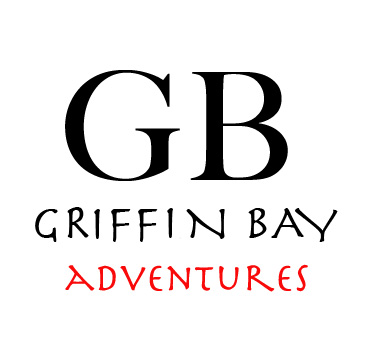When I left my watch at 17:00 on Friday, visibility was already diminishing. We had just heard USCG PAN-PAN announcement on Channel 16 about whales congregating around the Farallon Islands west of Golden Gate. We had been sailing under spinnaker toward a waypoint two nm north of the same to clear the rocks before aiming for the Golden Gate proper. The weakening wind which also veered a bit was making that point of sail difficult.
We had a laptop with AirMail and Expedition softwares on board along with an Iridium Go satellite modem to facilitate our communications. AirMail was useful to download up to date GRIB files which showed the progression of wind, pressure, cloud and rain forecasts. We fed these GRIB files into the Expedition software which then used our sail inventory and associated polar data to suggest a route through the weather systems. So close to the Golden Gate, we no longer needed routing information but knowing the correct wind direction was still essential. One last GRIB download confirmed our forecast of more westerly winds. Setting a new waypoint to clear the southern end of the Farallons instead became the new standing order while I slept, wondering if we would hit a whale in the dark.
When I woke up to take over the watch from our able watch captain Matt Aldred at 03:00, I found him and our crew mate Doug Almquist bubbling with excitement. Captain Rhys Balmer had brought OAXACA ever closer to the Farallons before turning it over to Matt. During that time, the wind had completely died, so with only the mainsail remaining, we were motoring. They had seen dolphins, seals and schools of fish dashing in the water by the Farallon Islands leaving behind green streaks of bioluminescence. It had been a dazzling light show in the water and their amazement was evident in their animated descriptions.
By the time I came up, we were past the Farallons, pointing toward Golden Gate. The fog was thick, no lights were visible and the only way to navigate was by instruments. Matt had set a waypoint near Point Bonita, safely tracking us on the north side of the southwesterly shipping lane. We were able to use the cross track error feature on our chart plotter to navigate a steady course. On the AIS, we could identify a pilot vessel at the center of the transition zone where all traffic lanes from the open seas converged before the final approach to Golden Gate. Soon, other vessels also appeared on the display.
The thought of navigating in the fog with other vessels in the mix, was making me nervous. With Doug and Andreas Wieberneit, we worked our way across the shipping lanes and the transition zone, leaving the pilot vessel and a large cargo ship to our north. Staying out of traffic lanes seemed safer. As we approached the south end of the Golden Gate, a loud foghorn sounding ahead was making us nervous. It was a two second blast every 20 seconds which turned out to be emanating from the south tower of the bridge. Once inside the Golden Gate, the fog lifted and we were soon docked at the Corinthian Yacht Club in Tiburon around 09:00. We had left Hawaii with 150 liters of diesel, we still had about 90 gallons left after. We had managed to sail most of the way…
Oaxaca’s owner Michael Moradzadeh greeted us dockside with donuts, champagne and orange juice for a round of mimosas then we cleaned the boat, folded the sails, moved them to storage along with the excess diesel. It was a joy to see Michael relieved to receive his boat back in one piece. He treated us to Mexican food then we parted our ways. Everyone flew home while Rhys and I chose to drive, which proved to be an exhausting proposition after a challenging final episode on the water. It sure was a long day…
Eren Eruc First Mate

